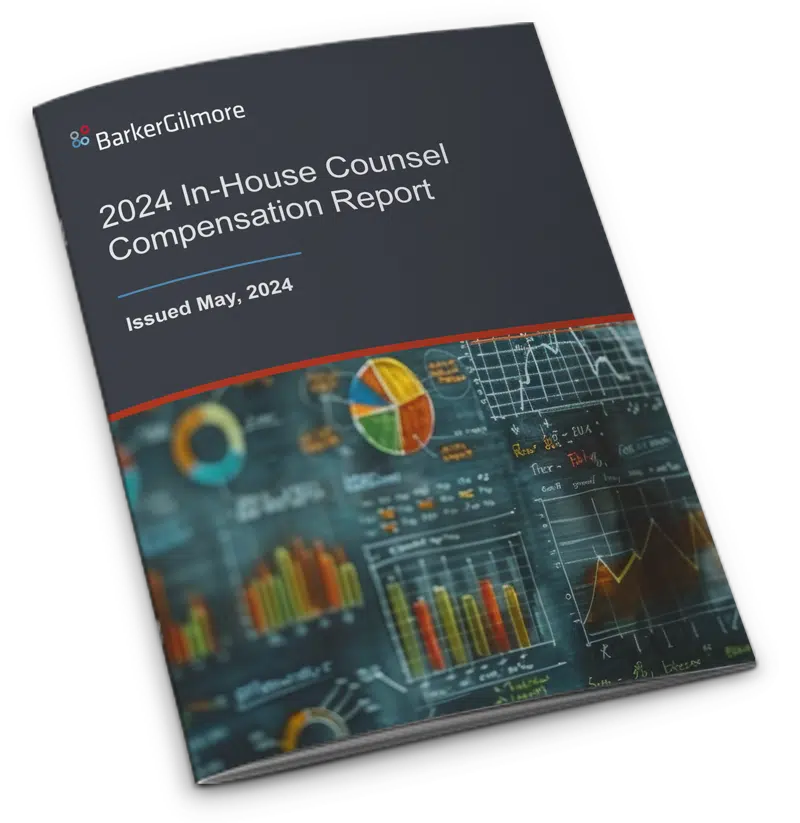Executives and stakeholders are business-centric thinkers; meaning they perceive value and success by the numbers. In this increasingly competitive marketplace, they also demand more of their department-heads to ensure they are contributing to the wellbeing of the company’s bottom line. They want proof of progress, not only to gauge merit, but also to plan budgets, objectives and goals for the next 12 months.
Impress the C-Suite and validate the value of your company’s legal function by consistently tracking these key metrics.
Spend Compared to Budget
It is impossible for a law department to weigh success if it lacks a budget to benchmark spending against. The measurement of spending against budget serves several purposes, according to Patrick Johnson, senior marketer at Serengeti Law, a company that specializes in legal management, billing and analytics. First, it is a determinant of whether or not your law department is operating within its means. Second, it will predict budget increases or decreases based on the real and accurate needs of the department. Third, it will control spending by holding each staff member accountable for meeting budget requirements.
The C-Suite will be specifically looking to see your department operates within its means and furthermore, an accurate reflection of spend versus budget will ensure your law department continues to receive an appropriate budget based on actual and predicted growth for the following year.
Workload and Productivity
Measuring the workload of each in-house staff member is essential to determining how resources should be allocated, and whether each employee is performing according to his or her potential.
To arrive at this metric, law department heads should track overall caseload in addition to a micro-breakdown for each attorney. Consider the average number of open matters, the average cycle-time per matter, the number of attorneys assigned to each matter, outside spend, and spend compared to budget for each member of the team.
This breakdown will illustrate your law department’s level of efficiency to the C-Suite.
Outside/Inside Spend vs. Company Revenue
This metric should be calculated as a percentage and will particularly appeal to the C-Suite because it showcases the complete cost of your law department (internally and externally) on the company. It will also serve as another measure of efficiency.
To arrive at this percentage, you will need to consider the total company revenue versus outside legal spend and inside legal spend. Inside legal spend equates to the total cost of each employee. In analyzing these three factors, your law department will acquire a more accurate indication of legal costs, including reductions or increases the C-Suite may find remarkable.
Spend by Matter Type and Business Unit
To understand from where your law department generates expenses, Johnson also recommends tracking spending by matter type. Litigation may require more spend than Employment/Labor, and if this is the case, proper tracking will ensure your law department is asking the right questions or receiving the budget and manpower necessary to perform responsibilities efficiently and effectively.
The business unit from which matters arise will also provide useful insight to the C-Suite, enabling them to address recurrent issues or provide additional training to decrease costs.
As you examine these metrics, you may identify gaps in skills or staffing you’ll need to address to succeed in the coming year. A team of experienced legal recruiters with a national reach can help you hire corporate counsel with the diverse skills you need as you’re building your law department.
To learn how General Counsel at three top companies evaluate their employees and what other law department metrics they measure, download our free guide, “Evaluating Your Law Department: What Metrics Matter Most?”
Connect with a legal recruiting advisor
* indicates required fields







